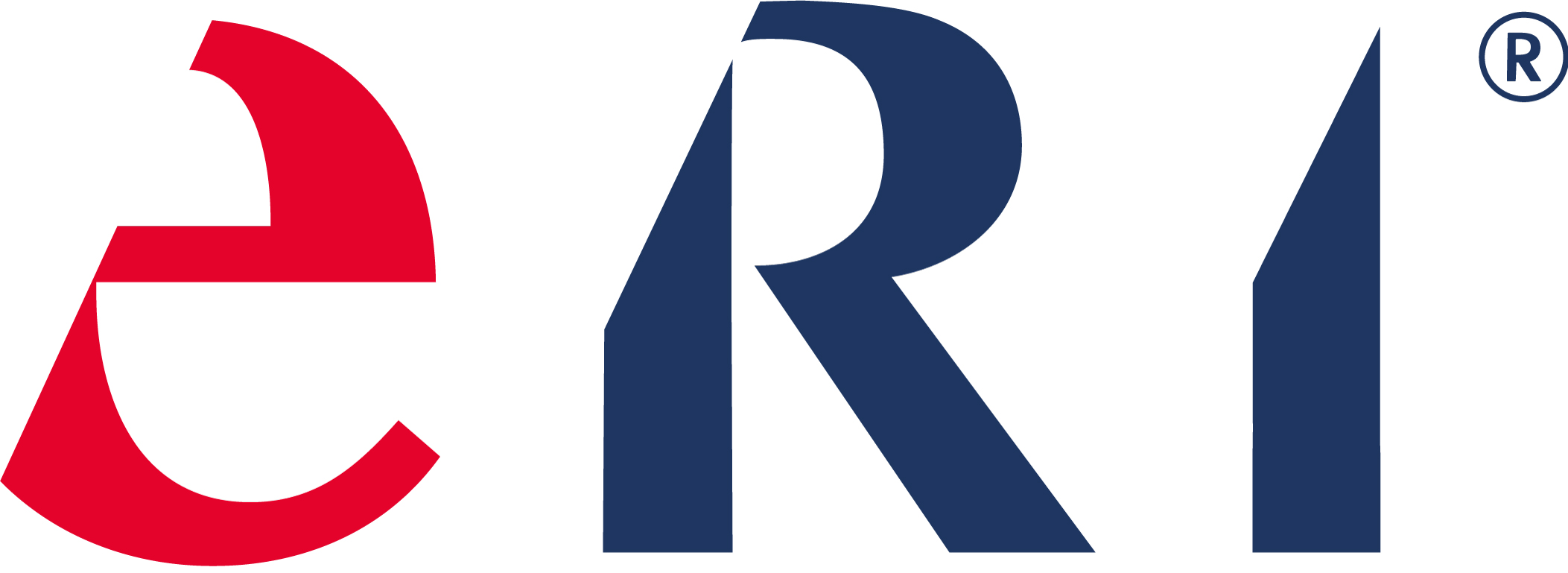We may not have to deal with inter-dimensional post-trade, just yet. However, a recent Citi Securities Services survey reported that close to 90 percent of respondents expect their local settlement cycles to shorten to T+0 or T+1 within the next five years. In the current T+2 world, once instructions are sent to custodians then, if there is a problem, it will become apparent the next day and may still be corrected and settled in time. In contrast, T+1 actually requires a T+0 approach, underpinned by technology to support continuous real-time processes, as the window for reconciling and settling trades is compressed to same-day. Here, ERI’s Alan Goodrich explores the path to implementing a technology solution that meets the future; everything, everywhere, all at once requirements.
By Alan Goodrich, ERI

One of the principle conclusions of the Citi Securities Services survey is that core banking systems across the industry will be removed and replaced. For many post-trade operations, the transition from T+3 to T+2 was largely an exercise in adapting resources and procedures. Compressing the cycle to T+1 is a far greater change – almost a quantum leap.
European markets may not have set any firm timeframes for T+1, for now, but very few institutions operate only in European markets. The US and Canada will move to T+1 in 2024 and the smart money is on the UK to follow their lead as soon as feasible. In addition, the industry is transitioning into a hybrid world of securities being traded both on conventional as well as on digital asset exchanges, in tokenised form, where prefunded trading and atomic settlement are required. Therefore, time is of the essence in being prepared.
The procurement and implementation of a new core system for post-trade operations incurs significant costs and be both resource and time consuming. So, it is critical to get it right first time. The selection and investment in a new technology platform to underpin both traditional settlement processes moving to T+1 (or T+0) and new atomic settlement of digital, tokenised, assets, must focus on a few key considerations.
Absolutely fundamental is to provide real-time straight-through processing, position keeping and accounting, with no waiting for over-night batch processes to update positions and balances.
Settlement failures in traditional operations can be distilled down into three fundamental issues: 1) funding and inventory, 2) manual processes, and 3) erroneous or inaccurate information regarding the reason for failure. Minimising the risk of failure at the outset, points 1) and 2), is critical to achieving cost-effective transformation to T+1 settlement. Through real-time accounting and position keeping, the control of cash and inventory levels can be made at order input and trade execution time. Likewise, highly configurable and automated process, including for corporate actions, reduce manual processes (and potential human error) to a minimum.
Achieving these goals for traditional operations inherently provides a solid platform for being able to also support the prefunded trading and atomic settlement requirements of digital asset. Indeed, by providing real-time accurate information, the core post-trade system also becomes the pre-trade reference system to ensure the required funding and inventory are available wherever they are needed and for whatever type of security and exchange – everything, everywhere, all at once.
Total cost of ownership (TCO) and time-to-market are also critical decision criteria. A number of the new generation of technology platforms are designed to offer a toolbox of services. Sometimes, marketing buzz words such as “composable” and “micro-services” are used to describe this architectural concept. The challenge is that these platforms often lack maturity, take time to understand, set them up or integrate with other services and are difficult to change once built. They typically demand a much higher degree of reliance and continuous intervention by the suppliers, which ultimately translates into a high TCO and longer time-to-market.
A more mature, proven, pre-packaged solution, nevertheless built on a modern, open, service-oriented architecture, that is delivered with a close-fit “best practice” configuration can mitigate the risks and avoid the unwanted effects of scope and budget creep that toolbox solutions are highly susceptible to. Taking the approach of adopting the tried and tested, built-in, highly-automated processes can mean that only minimal adaptation to the system is required. Through the set-up of user-definable parameters, with no coding or scripting needed, the new, highly efficient, target operating and business model can be delivered in a relatively short time-frame. This ensures that the institution enjoys a greater degree of autonomy, agility and flexibility going forward, with a faster implementation time and lower TCO.
Don’t compromise, select and implement a core system that offers a future-proof solution built to support your everything, everwhere, all at once post-trade activities in this, or any other parallel, dimension.

Alan Goodrich
Regional Sales Manager at ERI
Fellow of the IAP (Institution of Analysts & Programmers)
ERI is the supplier of the OLYMPIC Banking System, offering award-winning levels of innovation, real-time post-trade automation and compliance.













